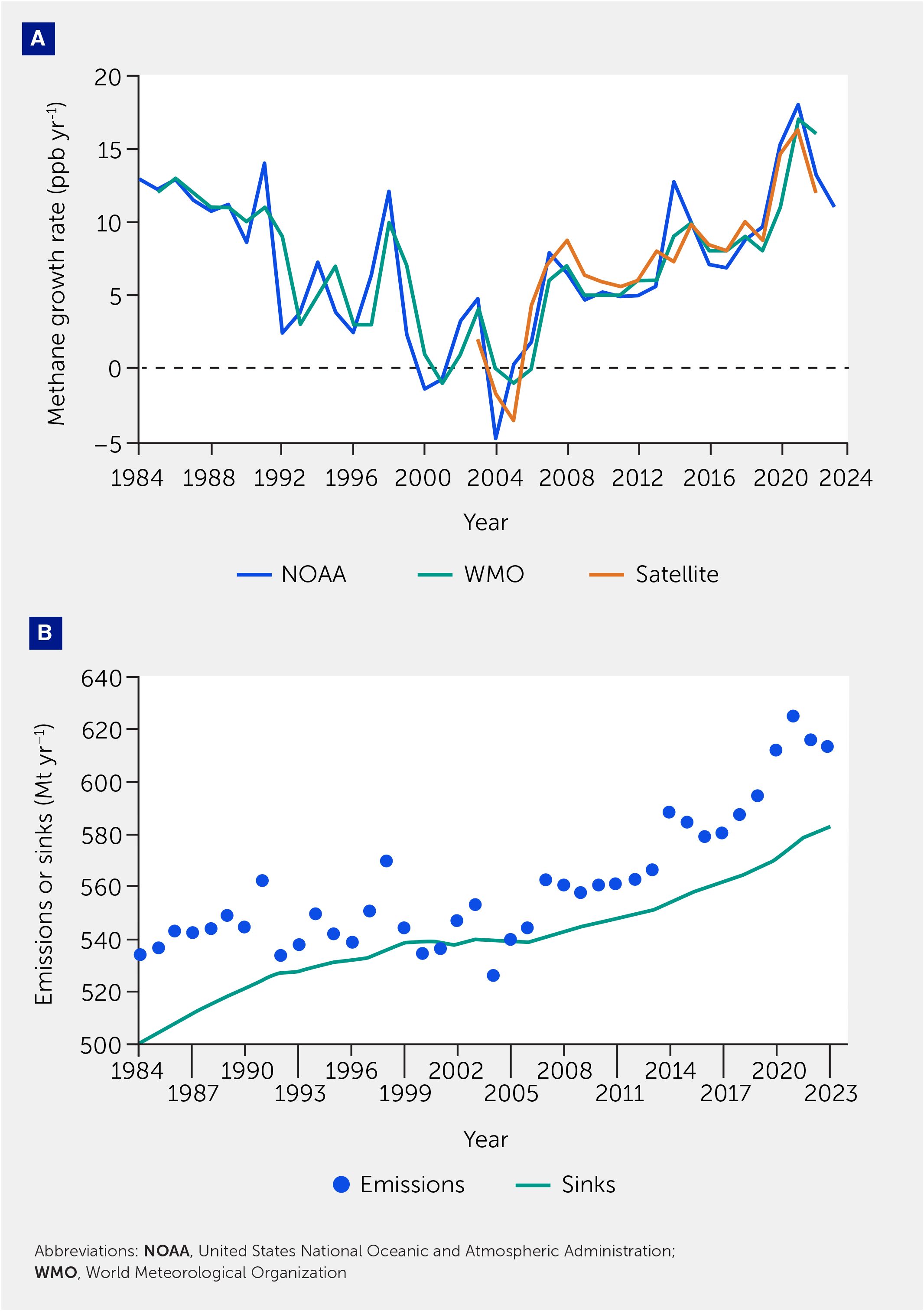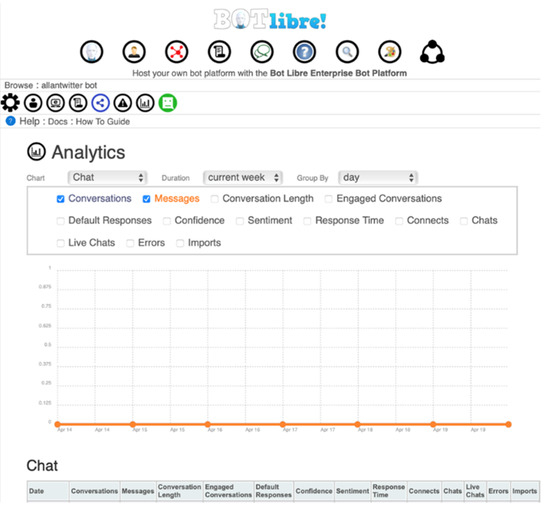2024-08-13 ノースカロライナ州立大学(NCState)
<関連情報>
- https://news.ncsu.edu/2024/08/three-actions-and-a-tool-to-cut-methane-emissions-and-slow-global-warming/
- https://www.frontiersin.org/journals/science/articles/10.3389/fsci.2024.1349770/full
メタンの重要性 The methane imperative
Drew Shindell,Pankaj Sadavarte,Ilse Aben,Tomás de Oliveira Bredariol,Gabrielle Dreyfus,Lena Höglund-Isaksson,Benjamin Poulter,Marielle Saunois,Gavin A. Schmidt,Sophie Szopa,Kendra Rentz,Luke Parsons,Zhen Qu,Gregory Faluvegi,Joannes D. Maasakkers
Frontiers in Science Published:30 July 2024
DOI:https://doi.org/10.3389/fsci.2024.1349770

Abstract
Anthropogenic methane (CH4) emissions increases from the period 1850–1900 until 2019 are responsible for around 65% as much warming as carbon dioxide (CO2) has caused to date, and large reductions in methane emissions are required to limit global warming to 1.5°C or 2°C. However, methane emissions have been increasing rapidly since ~2006. This study shows that emissions are expected to continue to increase over the remainder of the 2020s if no greater action is taken and that increases in atmospheric methane are thus far outpacing projected growth rates. This increase has important implications for reaching net zero CO2 targets: every 50 Mt CH4 of the sustained large cuts envisioned under low-warming scenarios that are not realized would eliminate about 150 Gt of the remaining CO2 budget. Targeted methane reductions are therefore a critical component alongside decarbonization to minimize global warming. We describe additional linkages between methane mitigation options and CO2, especially via land use, as well as their respective climate impacts and associated metrics. We explain why a net zero target specifically for methane is neither necessary nor plausible. Analyses show where reductions are most feasible at the national and sectoral levels given limited resources, for example, to meet the Global Methane Pledge target, but they also reveal large uncertainties. Despite these uncertainties, many mitigation costs are clearly low relative to real-world financial instruments and very low compared with methane damage estimates, but legally binding regulations and methane pricing are needed to meet climate goals.
Key points
- The atmospheric methane growth rates of the 2020s far exceed the latest baseline projections; methane emissions need to drop rapidly (as do CO2 emissions) to limit global warming to 1.5°C or 2°C.
- The abrupt and rapid increase in methane growth rates in the early 2020s is likely attributable largely to the response of wetlands to warming with additional contributions from fossil fuel use, in both cases implying that anthropogenic emissions must decrease more than expected to reach a given warming goal.
- Rapid reductions in methane emissions this decade are essential to slowing warming in the near future, limiting overshoot by the middle of the century and keeping low-warming carbon budgets within reach.
- Methane and CO2 mitigation are linked, as land area requirements to reach net zero CO2 are about 50–100 million ha per GtCO2 removal via bioenergy with carbon capture and storage or afforestation; reduced pasture is the most common source of land in low-warming scenarios.
- Strong, rapid, and sustained methane emission reduction is part of the broader climate mitigation agenda and complementary to targets for CO2 and other long-lived greenhouse gases, but a net zero target specifically for methane is neither necessary nor plausible.
- Many mitigation costs are low relative to real-world financial instruments and very low compared with methane damage estimates, but legally binding regulations and widespread pricing are needed to encourage the uptake of even negative cost options.



